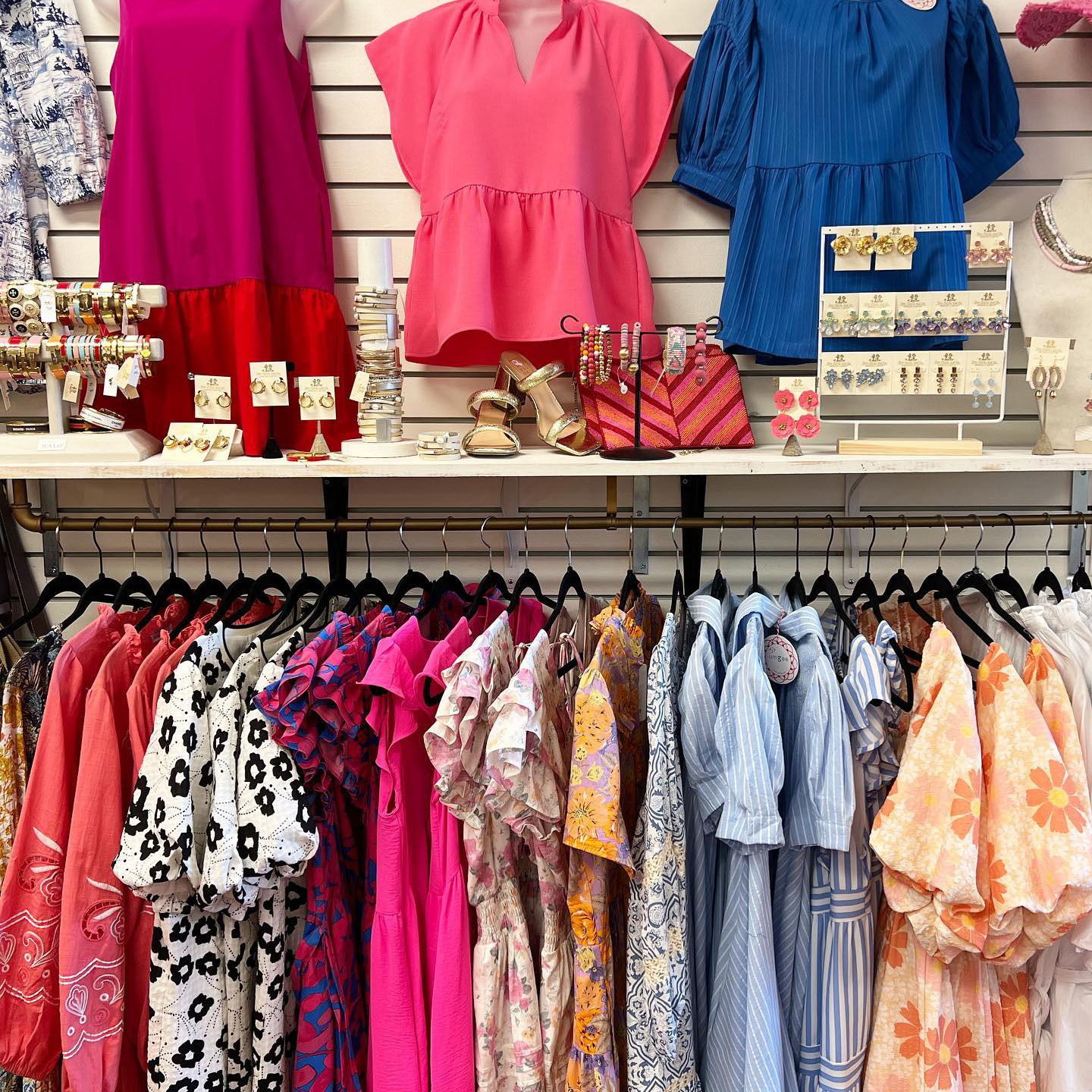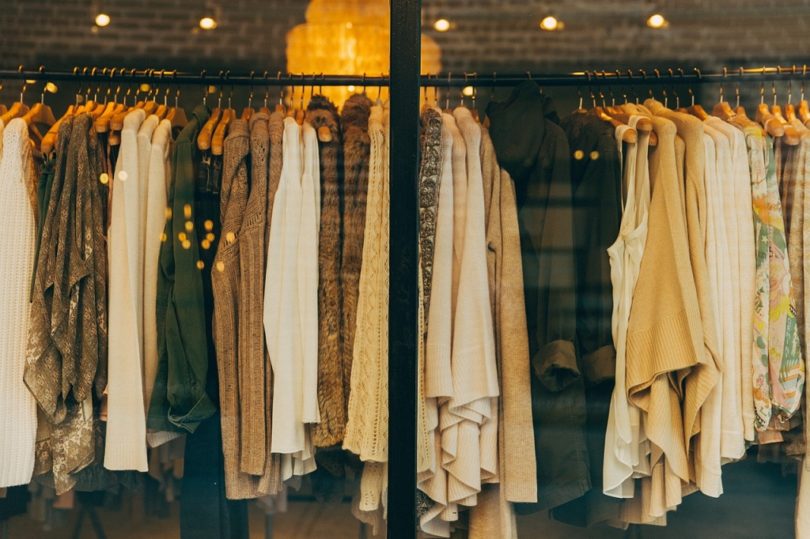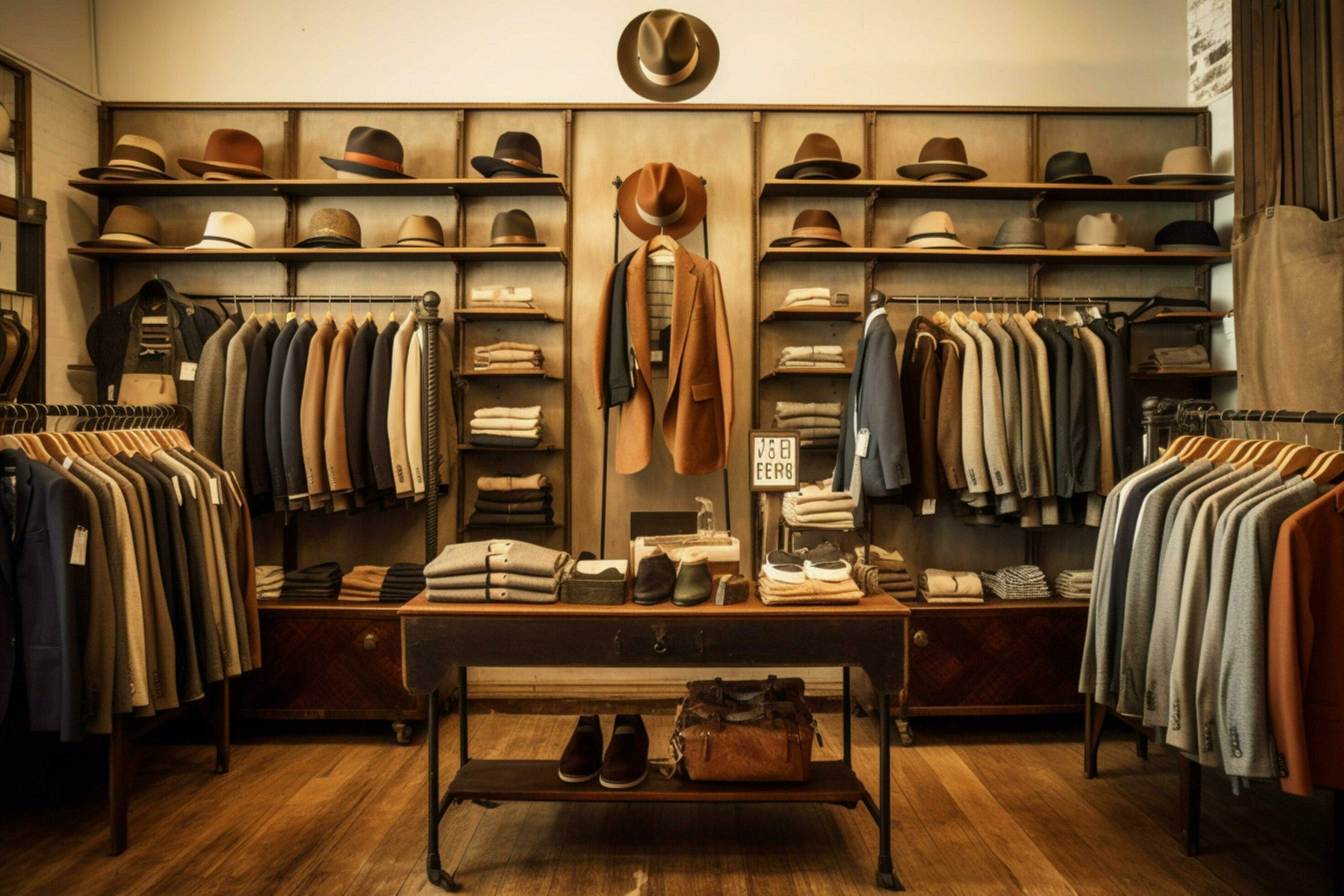A Beginner's Guide to Browsing the Boutique Fashion Scene
Checking Out the Evolution and Effect of Apparel on Modern Fashion Trends
The evolution of apparel has actually substantially affected modern style fads, combining historical criteria with innovative advancements. Iconic numbers like Coco Chanel and Yves Saint Laurent reinvented the fashion business by presenting principles that prioritize comfort and availability, which remain to reverberate today. Technological strides in locations such as 3D printing and wise fabrics are redefining style possibilities and consumer experiences (boutique fashion). Additionally, the expanding emphasis on inclusivity and sustainability is reshaping sector criteria. As we think about these diverse influences, one must wonder about just how these aspects jointly redefine style's role in mirroring and shaping contemporary society.
Historical Fashion Influencers
In the tapestry of style history, particular numbers have left an enduring mark, forming the fads and styles that define whole eras. Coco Chanel, an advanced developer, redefined women's fashion by presenting comfortable, elegant apparel that departed from restrictive bodices. Her famous Chanel suit and little black dress have actually come to be ageless staples in closets worldwide. Likewise, Christian Dior's post-war "New Look" in 1947, with its event of womanhood via complete skirts and cinched waists, noted a return to opulence and has actually proceeded to affect designers.
Elsa Schiaparelli is one more essential figure, renowned for her progressive designs that included surrealist art, collaborating with Salvador Dalí to create whimsical items that tested conventional aesthetics. Her innovative use color and bold patterns resounds in modern fashion. Yves Saint Laurent, on the other hand, democratized haute couture with prêt-à-porter collections, bringing path designs to the masses and establishing a criterion for modern ready-to-wear lines.
These enthusiasts, to name a few, not just transformed style in their times however likewise set enduring trends that resonate in today's fashion sector, offering a foundation whereupon modern developers continue to innovate and build. Their heritages highlight the relevance of creative thinking and bold in vogue's ever-evolving story.
Technical Innovations in vogue
Among the dynamic landscape of the fashion business, technical advancements stand at the forefront of development, reshaping how designers create and customers involve with style. The combination of 3D printing has actually transformed style procedures, making it possible for designers to trying out complex frameworks and sustainable products that were previously unthinkable. This innovation assists in quick prototyping, lowering waste and expediting production times.

Smart fabrics, installing modern technology right into materials, are additionally transforming the market. Innovations like self-cleaning and temperature-regulating fabrics use improved performance and comfort. Wearable modern technology, incorporating features like health and fitness monitoring and interaction, includes a brand-new dimension to style, merging aesthetic appeals with usefulness.
Cultural Shifts and Style
As technical advancements continue to improve the garment industry, cultural changes are just as influential, redefining design and consumer preferences. In the last few years, the increase of social networks platforms has actually increased the circulation of worldwide style patterns, permitting diverse social influences to merge and coexist. This electronic interconnectivity has actually assisted in the fast exchange of ideas, resulting in a much more comprehensive and diverse analysis of design that reflects the multifaceted nature of contemporary society.
Social understanding and recognition have motivated developers to draw ideas from a more comprehensive spectrum of historical and ethnic contexts, integrating conventional motifs with contemporary appearances. This combination has led to style that reverberates with a bigger audience, promoting a feeling of identification and belonging throughout various demographics. Additionally, the increasing need for customization has actually driven brands to offer adjustable choices, allowing customers to express read individuality while reflecting their social heritage.
Additionally, moving societal values have actually affected fashion, with inclusivity and diversity ending up being main motifs. The industry has actually begun to accept models and influencers of different physique, ethnic backgrounds, and sex identities, tough traditional elegance standards. This makeover underscores the power of social shifts fit the future of style, as design ends up being an extra genuine expression of personal and cumulative identification.
Sustainability and Modern Style
While the apparel industry remains to progress, the vital for sustainability has actually come to be increasingly urgent, affecting modern-day style techniques. This change intends to attend to ecological problems and ethical considerations, causing a reevaluation of conventional manufacturing techniques. Designers are currently incorporating lasting materials, such as natural cotton, recycled polyester, and eco-friendly content textiles, into their collections, lowering the eco-friendly footprint of style. The rise of slow-moving fashion, which highlights top quality over quantity, motivates consumers to buy classic pieces instead of short-term fads.
In addition, modern design is characterized by its development in lessening waste and promoting circularity. Strategies such as zero-waste pattern cutting and 3D knitting are acquiring grip, permitting designers to produce garments with very little material waste. In addition, brand names are embracing clear supply chains, guaranteeing responsibility and fostering consumer count on. This approach not just mitigates ecological effect yet also enhances the social obligation of style houses.

Future Trends in vogue

Sustainability will certainly continue to be a driving pressure in shaping future style patterns. The industry is significantly embracing environmentally friendly products and ethical production approaches, replying to an expanding customer demand for responsible methods. Innovations such as bio-fabricated products and closed-loop recycling systems are readied to redefine how clothing is produced and eaten, reducing ecological impact while keeping style and high quality.
Cultural shifts, including the rise of inclusivity and diversity, will certainly also play a pivotal function. As society becomes extra familiar with social issues, style is anticipated to become a system for expression and change. Designers will likely focus on developing collections that mirror a wider variety of experiences and identifications, promoting depiction and availability.
Final Thought
The advancement of garments dramatically learn the facts here now impacts modern style trends, where historical influences merge with modern designs. Key numbers like Coco Chanel and Yves Saint Laurent have actually redefined style, while technical advancements such as 3D printing and smart textiles broaden creative opportunities. Social shifts in the direction of inclusivity and sustainability compel brand names to welcome and embrace honest techniques diversity. This recurring development emphasizes fashion's duty as a mirror to social worths and technological innovation, suggesting a future abundant with advancement and inclusivity.
The development of clothing has actually substantially influenced modern-day style patterns, combining historical criteria with sophisticated developments.Amidst the vibrant landscape of the fashion industry, technological developments stand at the center of technology, reshaping exactly how developers produce and consumers engage with fashion.While the fashion market proceeds to develop, the vital for sustainability has ended up being progressively urgent, influencing contemporary layout practices. As sustainability comes to be ingrained in modern layout, it paves the method for a more accountable and aware fashion industry.
The advancement of garments substantially influences modern-day fashion patterns, where historic impacts merge with contemporary styles.